Home>Gardening & Outdoor>Pool & Spa Care>How Long Can Hot Tub Water Go Untreated?
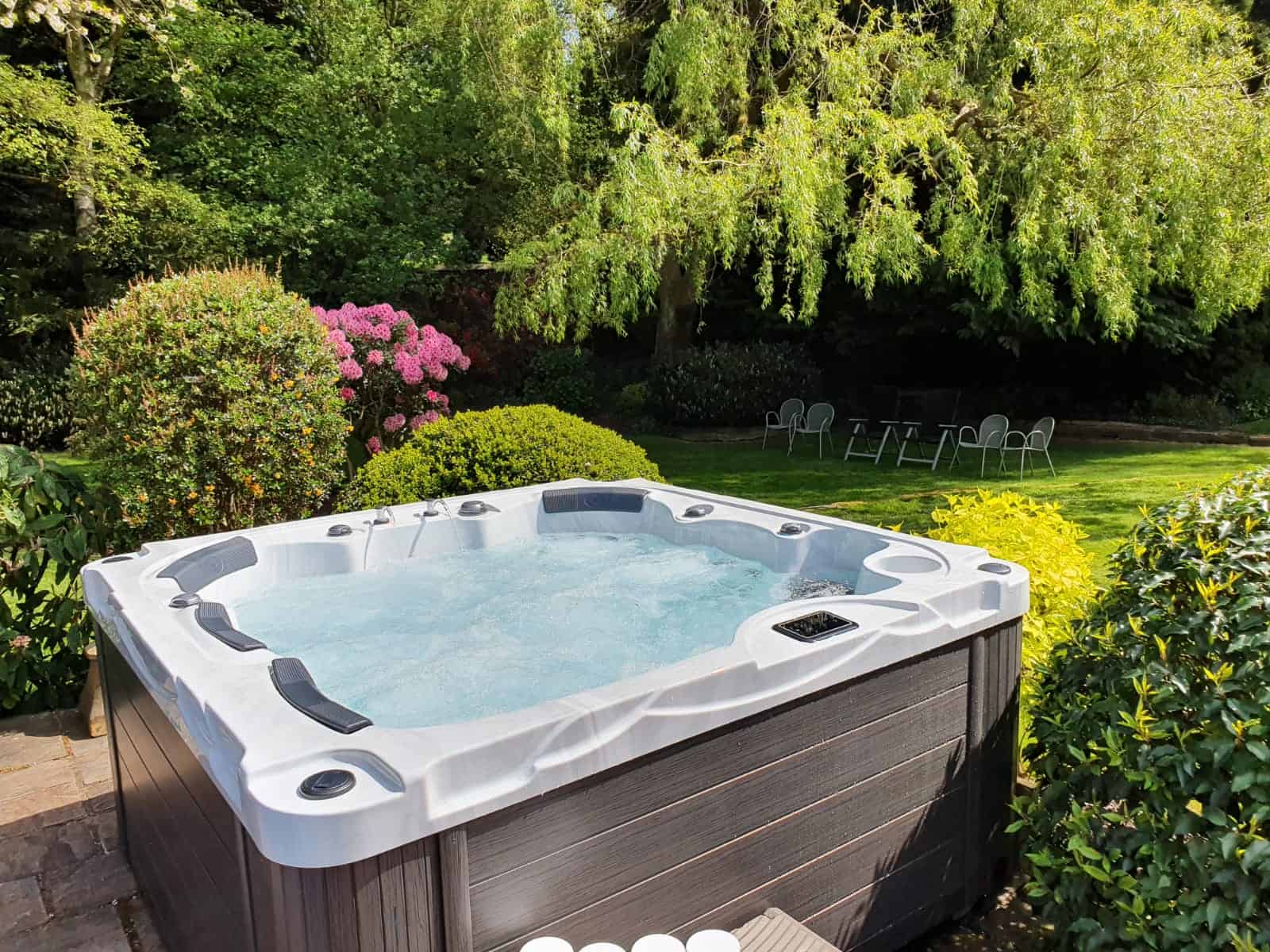

Pool & Spa Care
How Long Can Hot Tub Water Go Untreated?
Published: December 28, 2023
Discover the importance of regular maintenance for your hot tub water. Learn how to care for your pool and spa to ensure safe and enjoyable soaking. Explore effective pool and spa care tips.
(Many of the links in this article redirect to a specific reviewed product. Your purchase of these products through affiliate links helps to generate commission for Storables.com, at no extra cost. Learn more)
Introduction
Owning a hot tub is a luxurious and enjoyable experience, offering a private oasis for relaxation and rejuvenation. However, maintaining the water quality is crucial for ensuring a safe and pleasant soaking environment. Many hot tub owners wonder how long their hot tub water can go untreated without causing any issues. In this article, we will explore the factors affecting hot tub water, signs of untreated water, the health risks involved, and effective maintenance practices to keep your hot tub water pristine. Understanding these aspects will help you make informed decisions and ensure a delightful and safe hot tub experience for you and your loved ones.
Key Takeaways:
- Regularly maintaining your hot tub water is crucial for a safe and enjoyable experience. Factors like frequency of use and temperature affect water quality, so stay proactive in testing, sanitizing, and cleaning your hot tub.
- Neglecting hot tub water maintenance can lead to health risks like skin infections and respiratory problems. By prioritizing regular testing, sanitization, and filtration, you can create a safe and hygienic environment for soaking and relaxation.
Read more: How Long Can A Hot Tub Go Without Power
Factors Affecting Hot Tub Water
Several factors can influence the quality of hot tub water, impacting how long it can go without treatment. Understanding these variables is essential for maintaining a clean and safe hot tub environment.
- Frequency of Use: The more frequently the hot tub is used, the quicker the water quality may deteriorate. Regular use introduces contaminants such as body oils, sweat, and lotions, necessitating more frequent water maintenance.
- Temperature: Hot tubs are typically set to higher temperatures, which can promote the growth of bacteria and algae. Warmer water also accelerates the evaporation process, leading to increased chemical concentration and potential imbalances.
- Sanitizer Levels: Proper levels of sanitizers, such as chlorine or bromine, are crucial for disinfecting the water and preventing the proliferation of harmful microorganisms. Inadequate sanitizer levels can lead to cloudy water and microbial growth.
- Water Filtration: The efficiency of the hot tub’s filtration system directly impacts water quality. A well-maintained filter effectively removes debris and contaminants, contributing to cleaner water.
- Environmental Factors: Outdoor hot tubs are susceptible to environmental influences such as debris, pollen, and sunlight, which can affect water clarity and quality.
These factors interact to determine the overall condition of hot tub water. By considering these elements, hot tub owners can better gauge the appropriate frequency and methods for maintaining their water quality.
Signs of Untreated Hot Tub Water
Recognizing the signs of untreated hot tub water is crucial for addressing water quality issues before they escalate. Several indicators can alert hot tub owners to the deteriorating condition of the water, prompting timely intervention.
- Cloudy Water: Untreated hot tub water often becomes cloudy due to the accumulation of suspended particles, indicating the presence of contaminants and inadequate sanitation.
- Unpleasant Odors: Foul or strong odors emanating from the hot tub water suggest the presence of organic matter or the formation of chloramines, signaling the need for water treatment.
- Algae Growth: Greenish or slimy deposits on the hot tub surfaces and in the water indicate the proliferation of algae, a common consequence of untreated water and inadequate sanitizer levels.
- Skin Irritation: Users may experience skin irritation, itching, or redness after soaking in untreated water, highlighting potential microbial contamination or chemical imbalances.
- Foaming: Excessive foaming in the hot tub water is often a result of organic contaminants and inadequate water maintenance, indicating the need for thorough cleaning and treatment.
These visible and sensory cues serve as warning signs, prompting hot tub owners to take proactive measures to address water quality issues. Regular observation and prompt action can help mitigate the impact of untreated water on both the hot tub and its users.
Hot tub water should not go untreated for more than 2-4 weeks. Regular maintenance is important to prevent bacteria growth and keep the water clean and safe for use.
Health Risks of Untreated Hot Tub Water
Ignoring the maintenance of hot tub water can pose significant health risks to individuals using the facility. Untreated water may harbor various pathogens and contaminants, leading to potential health complications. Understanding these risks is essential for prioritizing water quality and user well-being.
One of the primary concerns associated with untreated hot tub water is the proliferation of harmful microorganisms, including bacteria, viruses, and protozoa. Inadequate sanitation and filtration can create an optimal environment for these pathogens to thrive, increasing the likelihood of waterborne illnesses among hot tub users.
Exposure to untreated hot tub water may lead to a range of health issues, including:
- Skin Infections: Bacterial and fungal pathogens present in untreated water can cause skin infections, leading to irritation, rashes, and dermatitis among hot tub users.
- Respiratory Problems: Aerosolized contaminants, such as bacteria and mold, can be inhaled while using a hot tub, potentially triggering respiratory issues and allergic reactions.
- Gastrointestinal Disorders: Ingesting or accidentally swallowing contaminated hot tub water can result in gastrointestinal issues, including stomach upset and diarrhea, due to microbial contamination.
- Urinary Tract Infections: Prolonged exposure to unsanitary hot tub water may increase the risk of urinary tract infections (UTIs) due to the presence of harmful bacteria.
Moreover, inadequate water maintenance can contribute to chemical imbalances, resulting in skin and eye irritation, allergic reactions, and discomfort among hot tub users.
By recognizing the potential health risks associated with untreated hot tub water, individuals can prioritize regular water maintenance and sanitation, safeguarding their well-being and enjoying a safe and hygienic hot tub experience.
How to Maintain Hot Tub Water Quality
Ensuring pristine hot tub water involves a combination of regular maintenance practices and diligent monitoring. By implementing the following strategies, hot tub owners can sustain optimal water quality and create a safe and enjoyable soaking environment.
- Regular Testing: Utilize test strips or liquid test kits to monitor key parameters such as pH levels, sanitizer concentrations, and alkalinity. Regular testing enables timely adjustments and ensures balanced water chemistry.
- Sanitization: Maintain appropriate levels of sanitizers, such as chlorine or bromine, to effectively disinfect the water and control microbial growth. Follow manufacturer guidelines for the correct dosage and application frequency.
- Water Filtration: Clean or replace the hot tub filter as recommended by the manufacturer to optimize filtration efficiency. Regular filtration removes debris and contaminants, promoting clearer water.
- Shock Treatment: Periodically administer shock treatments to oxidize organic compounds, eliminate residual contaminants, and rejuvenate the effectiveness of sanitizers. This helps prevent the buildup of chloramines and other disinfection byproducts.
- Draining and Refilling: As a general guideline, consider draining and refilling the hot tub every 3 to 4 months to refresh the water and minimize the accumulation of dissolved solids and impurities.
- Surface Cleaning: Routinely clean the hot tub surfaces, including the waterline, using a non-abrasive cleaner to remove oils, residues, and biofilms that can compromise water quality.
- UV-C or Ozone Systems: Consider integrating UV-C or ozone systems into the hot tub setup to enhance water sanitation and reduce the reliance on traditional chemical sanitizers.
By adhering to these maintenance practices and staying proactive in water care, hot tub owners can uphold superior water quality, minimize the risk of contamination, and prolong the longevity of their hot tub system.
Conclusion
Maintaining the quality of hot tub water is essential for preserving a hygienic and inviting soaking environment. By understanding the factors influencing water quality, recognizing the signs of untreated water, acknowledging the associated health risks, and implementing effective maintenance practices, hot tub owners can ensure a safe and enjoyable experience for themselves and their guests.
Regular testing, proper sanitization, diligent filtration, and periodic maintenance routines are instrumental in sustaining clean and balanced hot tub water. Additionally, being attentive to visual and olfactory cues can prompt timely interventions to address water quality issues before they escalate.
Ultimately, prioritizing hot tub water maintenance not only safeguards the well-being of users but also contributes to the longevity and performance of the hot tub system. By fostering a proactive approach to water care, individuals can bask in the therapeutic benefits of their hot tub while fostering a welcoming and rejuvenating environment for relaxation and socializing.
With a commitment to water quality and a proactive mindset, hot tub owners can savor the pleasures of their personal oasis while ensuring a safe and hygienic retreat for all who indulge in its soothing waters.
Frequently Asked Questions about How Long Can Hot Tub Water Go Untreated?
Was this page helpful?
At Storables.com, we guarantee accurate and reliable information. Our content, validated by Expert Board Contributors, is crafted following stringent Editorial Policies. We're committed to providing you with well-researched, expert-backed insights for all your informational needs.





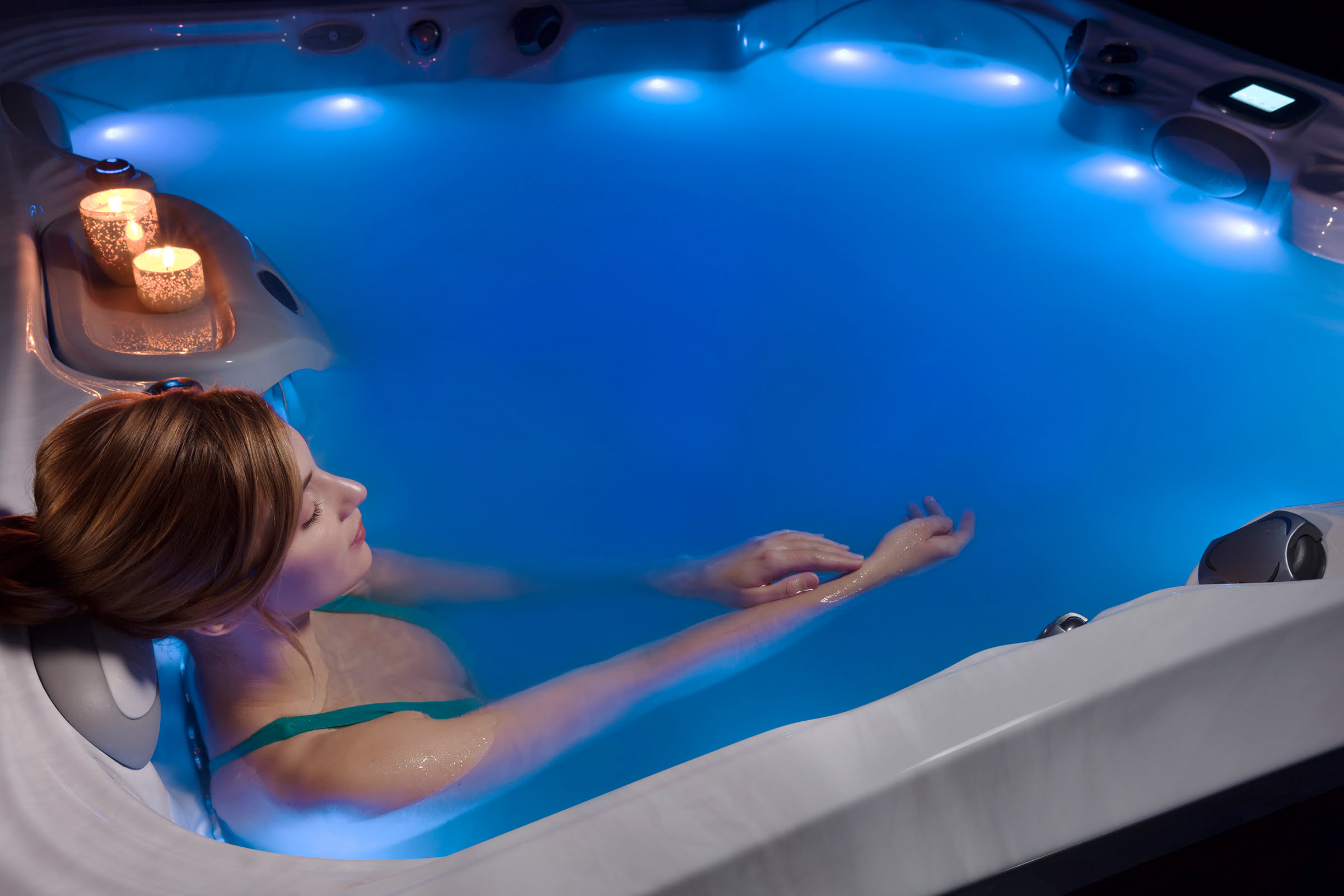
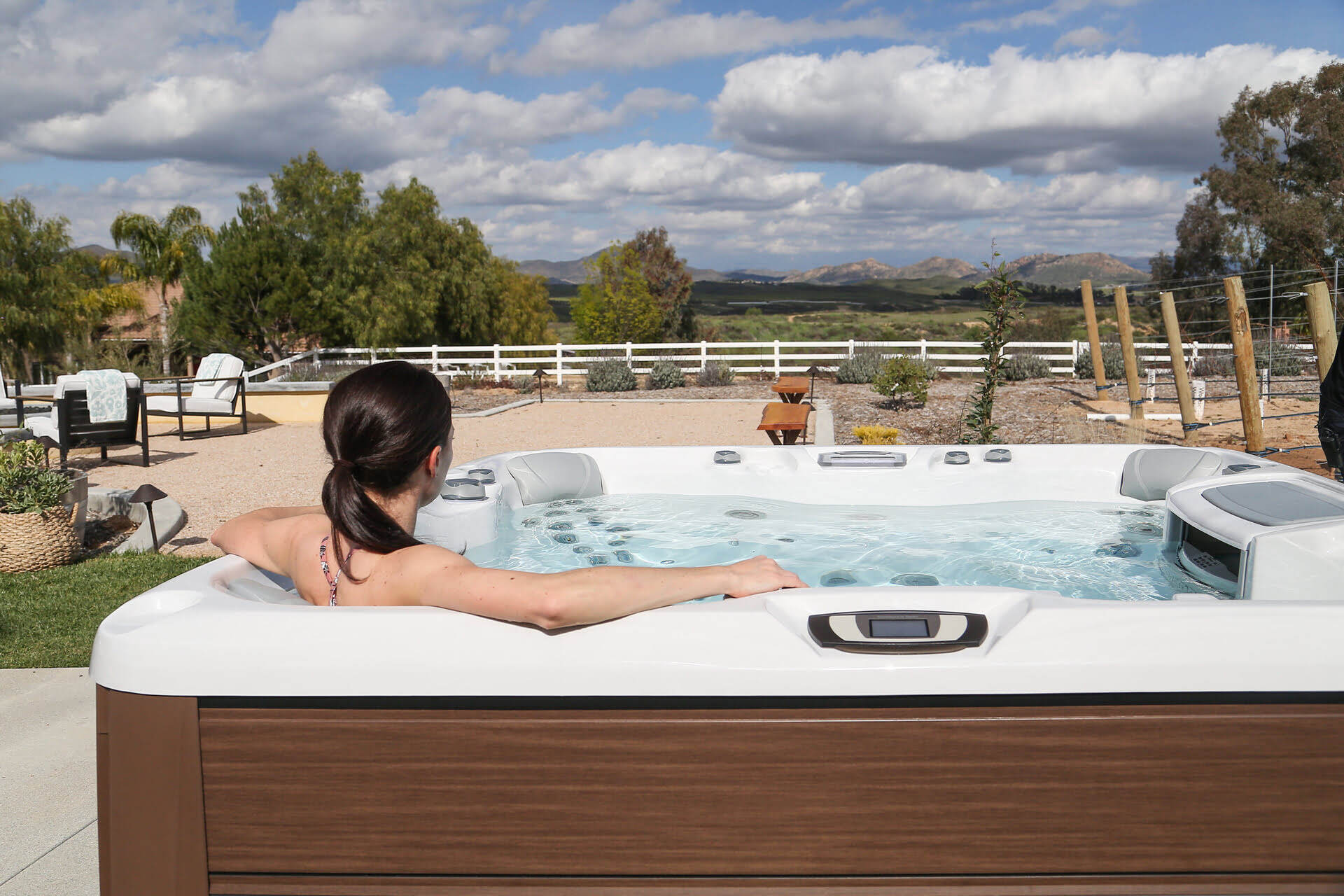
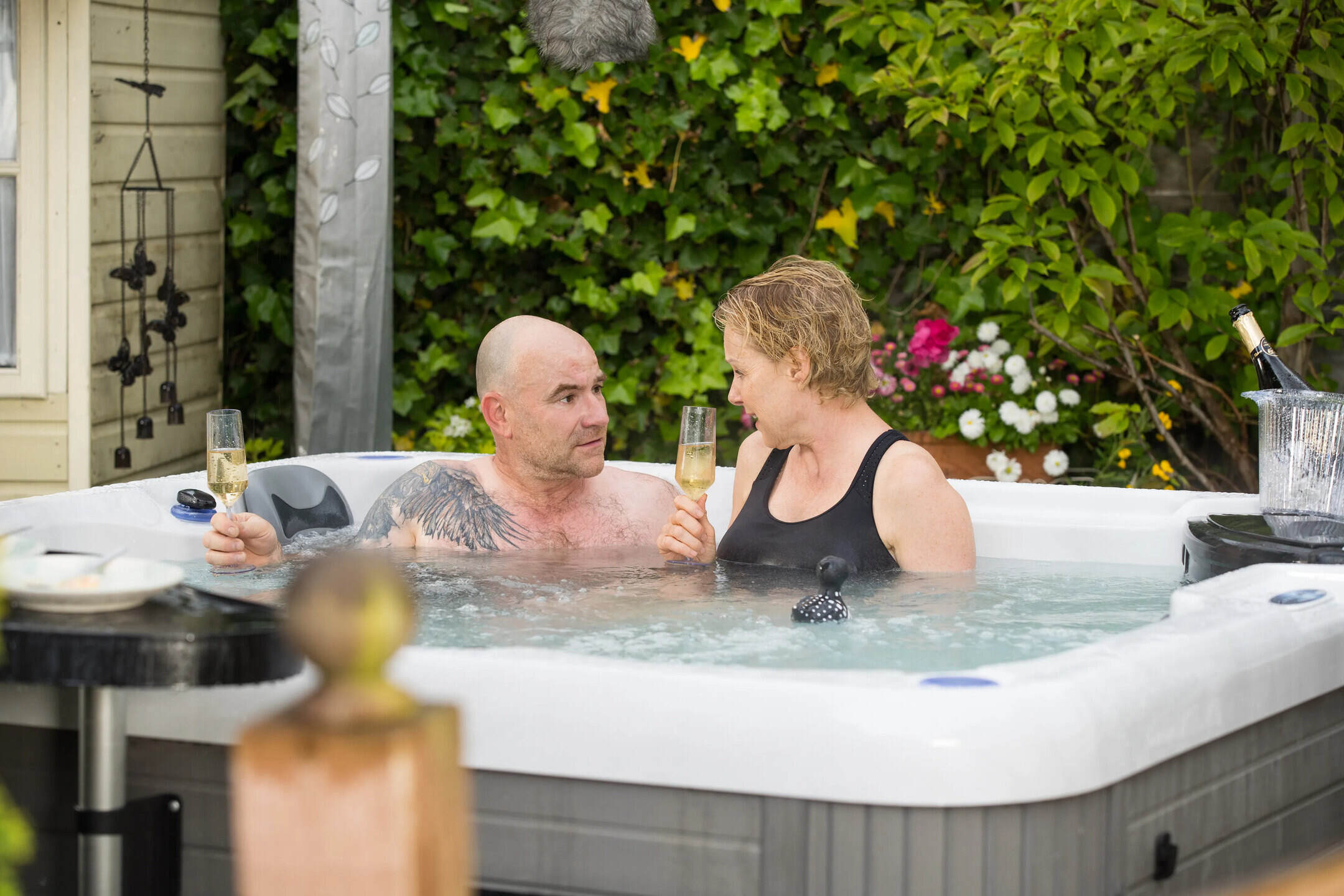
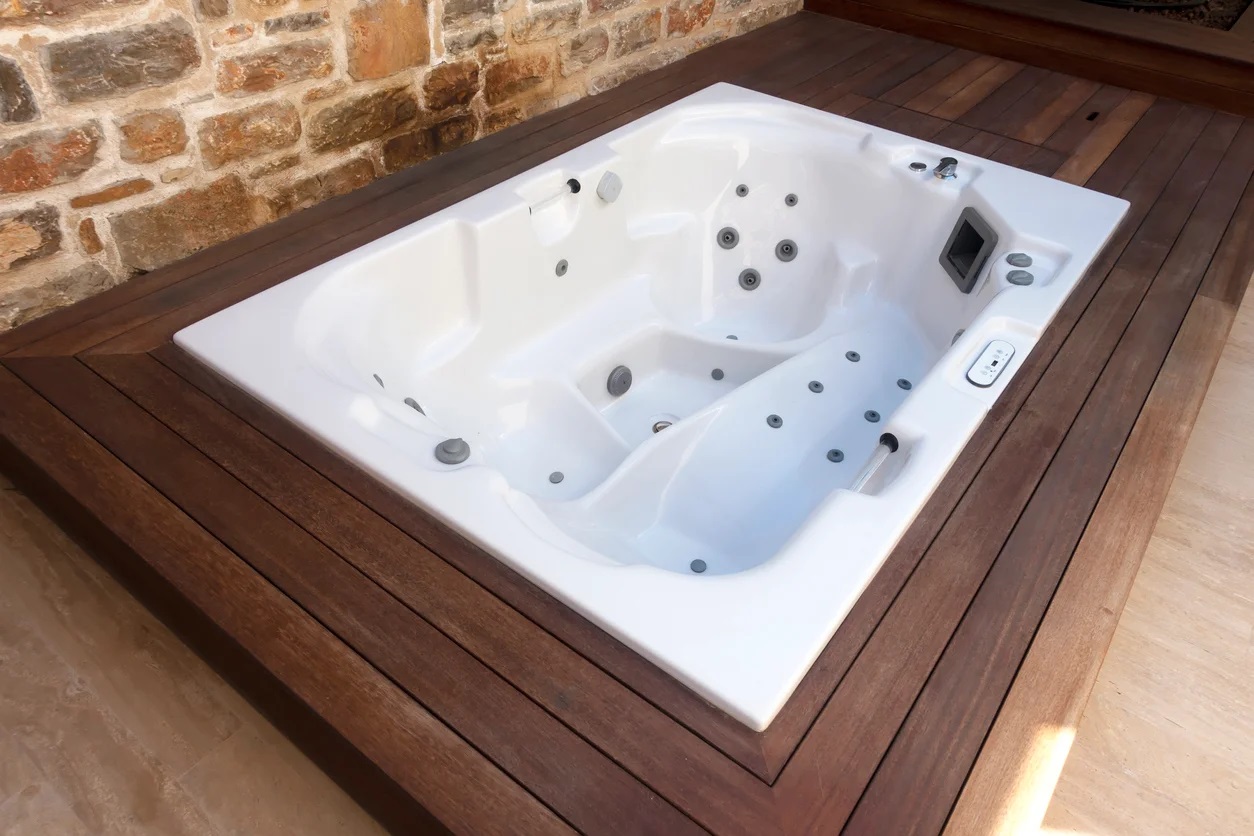
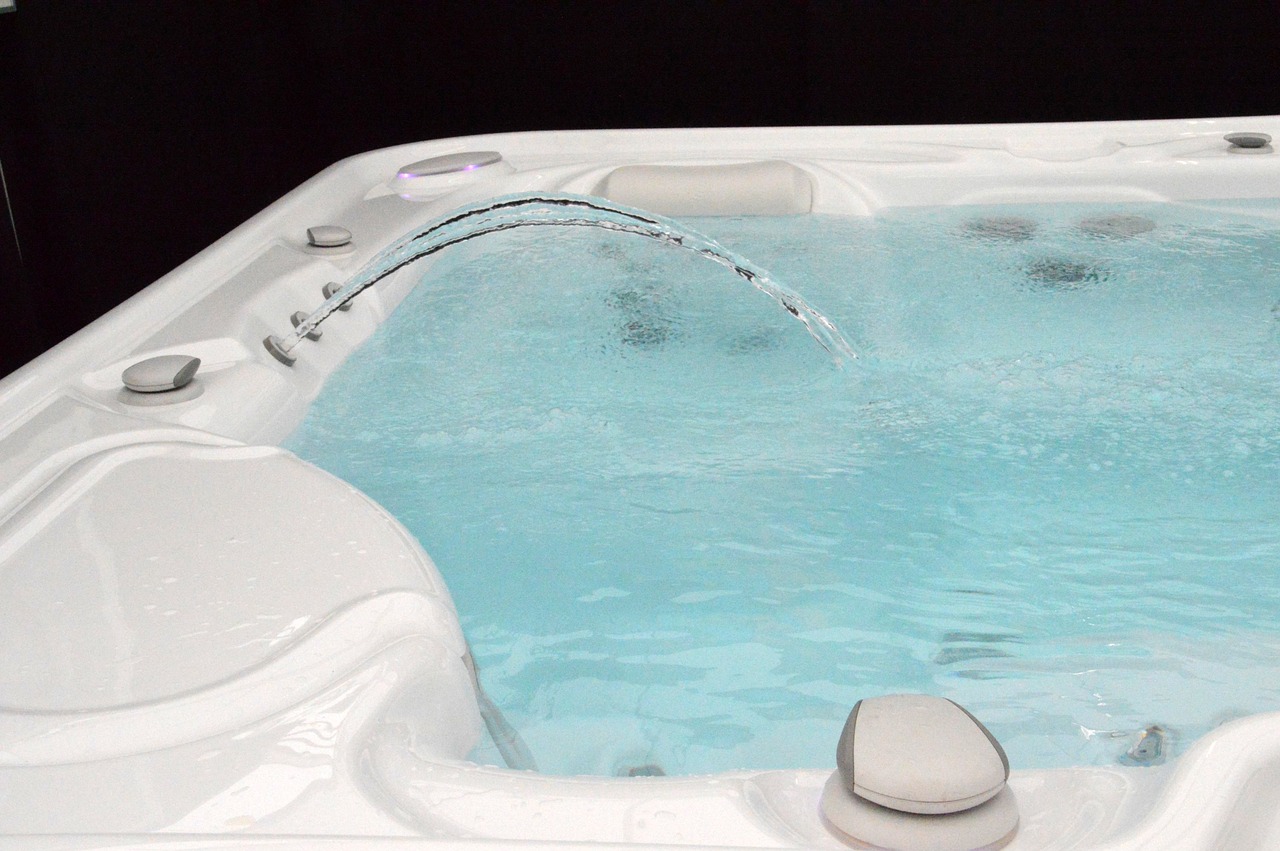

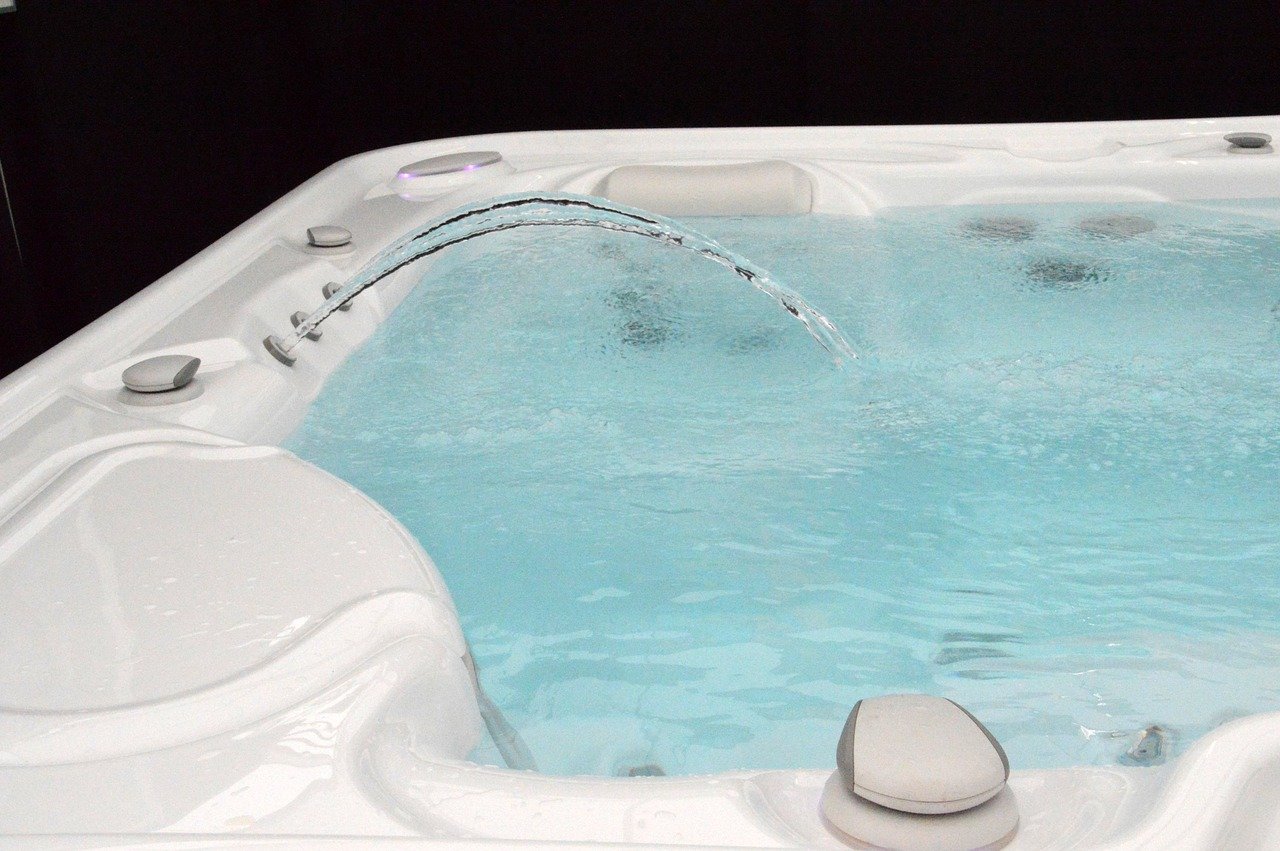
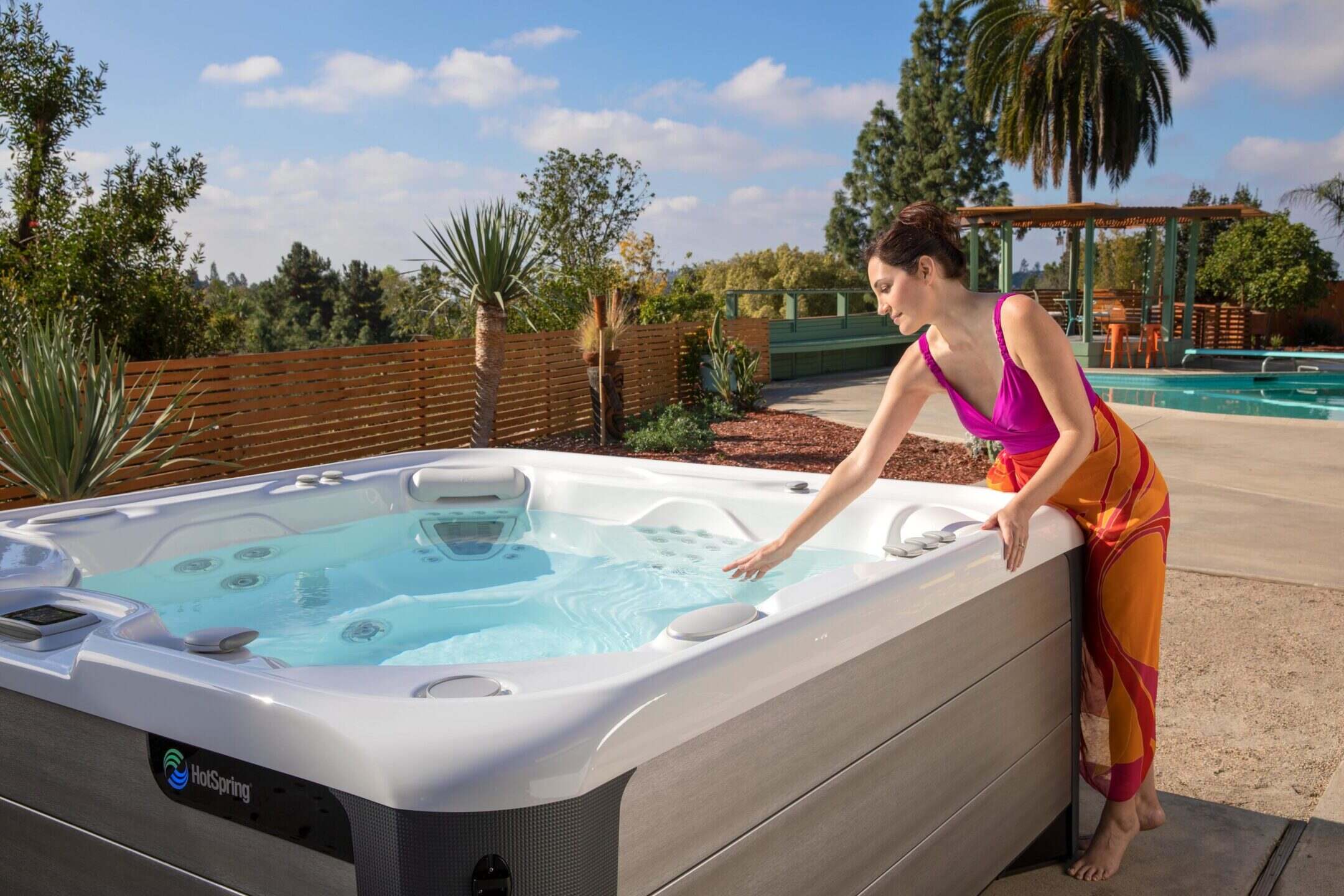


0 thoughts on “How Long Can Hot Tub Water Go Untreated?”